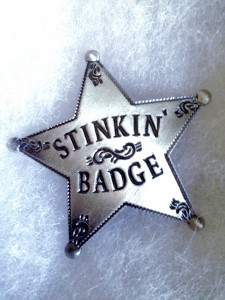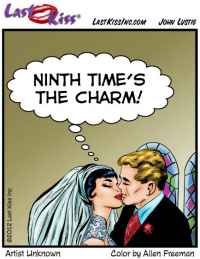 Education publishers have taken a lot of fire in the last few years – many believe that we are too big, too powerful, and that things would be better if teachers just wrote their own materials or used free stuff.
Education publishers have taken a lot of fire in the last few years – many believe that we are too big, too powerful, and that things would be better if teachers just wrote their own materials or used free stuff.
So why do we continue to exist? Are publishers a necessary evil soon to be eliminated by a tsunami of free OER content, or is there an ongoing beneficial role in public education that publishers can fill?
This post is one publisher’s take on what justifies our place in education. This isn’t intended as a direct refutation of critiques of publishers, any industry as large as ours (over $10 billion) has plenty of opportunities to improve what we do. Rather, I focus on some of the lesser appreciated positive contributions we make. It also isn’t a takedown of OER materials, which have earned a permanent place at the table.





 One of the hard lessons I’ve learned over my career is that anything worth doing needs to be done several times before you can evaluate it.
One of the hard lessons I’ve learned over my career is that anything worth doing needs to be done several times before you can evaluate it. 


 Education publishers have taken a lot of fire in the last few years – many believe that we are too big, too powerful, and that things would be better if teachers just wrote their own materials or used free stuff.
Education publishers have taken a lot of fire in the last few years – many believe that we are too big, too powerful, and that things would be better if teachers just wrote their own materials or used free stuff. We’ve all heard the voices of
We’ve all heard the voices of 
 Last December I penned (keyed?)
Last December I penned (keyed?)